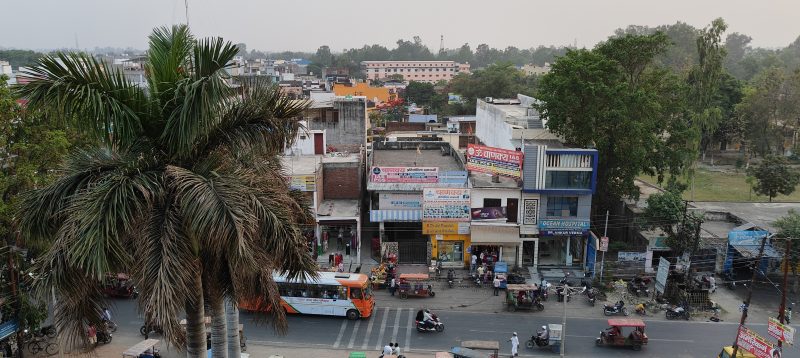Universal Access Levy amount available for Universal Service Obligation

Source: https://usof.gov.in/en/fund-status
The other day I was examining a PhD proposal that was looking at bridging the digital divide,
when I wondered what had happened to India’s universal service obligation (USO) fund.
Sure enough, it was still around and quite easy to find online, but what I found surprised me
a little.
The USO Fund was created to support the Universal Service Support Policy 2002, to ensure
telecom access to all. It came into being in 2003, through the Indian Telegraph (Amendment)
Act, 2003. The revenue for the USO Fund is raised through a ‘Universal Access Levy’
(UAL), which is currently 5% of the Adjusted Gross Revenue earned by all the operators.
The USO Fund is an attached office of the Department of Telecommunications (DoT),
Ministry of Communications. The Administrator, USO Fund is appointed by the Central
Government.
Not only was the fund there, as the figure shows, it had, as of the end of last financial year, a
balance of ₹ 79,638 crore, i.e., almost $ 10 billion. In the last ten years, the balance in the
fund has increased over 2.3 times. Since its inception, it has collected about $ 20 billion (at
current exchange rates) and disbursed about half of it. However, as shown in the figure, in
recent years, disbursements from the USO Fund has been between 5% and 10% of the
available balance. In 2022-23, it received ₹12,694 crore but spent only ₹3500 crore. Last
year, it received ₹18188 crore and spent ₹7676 crore, i.e., it is spending less than the
interest it might have earned on its accumulated funds (which, surprisingly do not seem to
earn interest!).
This appears odd given the objective of spreading digital public infrastructure and becoming
a trillion dollar digital economy in three years. It is not that there are no projects, there are
many (https://usof.gov.in/en/ongoing-schemes). So, is the UAL excessive compared to the
requirements or is there a different explanation? Is the Administrator worried that disbursing
funds to the two major private telecom operators would attract undesirable attention?
Whatever be the reason, it is time rescue the USO Fund from its current obscurity.

